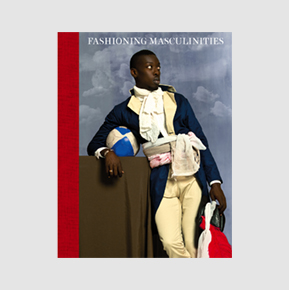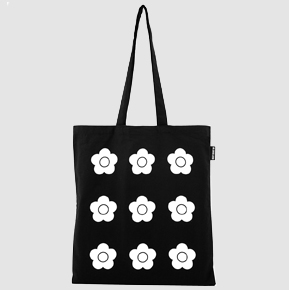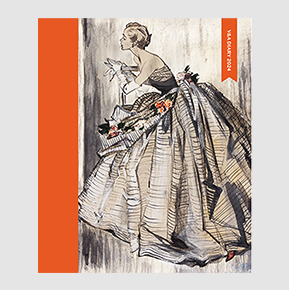



V&A My Garden tea towel
In Stock
- Details
- Delivery & Returns
The Arts and Crafts Movement began in the late nineteenth-century and sparked a reform in the applied arts in England. This tea towel – made of soft, absorbent cotton – features a pattern by Arts and Crafts pioneer, C. F. A. Voysey. This pattern, known as My Garden and held in the V&A collections, features birds hopping and pecking amongst the grass and flowers. Full of colour, this piece will bring some of the V&A’s magic to your kitchen or interior.
Details:
• Wash at 40°C or below
• Wash dark colours separately
• Iron on medium heat
Author/Artist/Designer
Charles VoyseyDimensions
47cm x 74cm
Composition
100% Cotton
Product code
148866
DELIVERY
- UK standard delivery £5
(FREE on orders £60 and over*)
(3 – 6 working days) - Europe standard delivery £20
- Rest of the world standard delivery £30
Please note: due to unprecedented demand, orders are currently dispatched within 5 days. We're working to return to our usual of 2 days as soon as possible. Thank you for your patience.
RETURNS
If you are not completely satisfied with your item you may return it within 28 days for a full refund.
PREORDERS
Selected items may be purchased early for dispatch from the future date given in their product information.
Other items ordered that are available immediately will be shipped right away, separately, at no additional charge.

C.F.A. Voysey
Charles Voysey was an architect, textile and furniture designer, born in Yorkshire in 1857. Regarded as one of the finest architects of the Arts and Crafts movement, he was also an accomplished furniture designer, creating purposefully simple, restrained and elegant pieces. His interest in interiors lead to success as a designer of wallpaper, fabrics, tiles, ceramics and metalwork. Voysey’s textile work shows the influence of William Morris, with similar principles regarding repeating patterns, and the use of botanical and animal imagery. His dense yet simple representations of the organic went on to influence the Modernist movement, who were inspired by his eye for purity of line, and an open and unfussy style.







